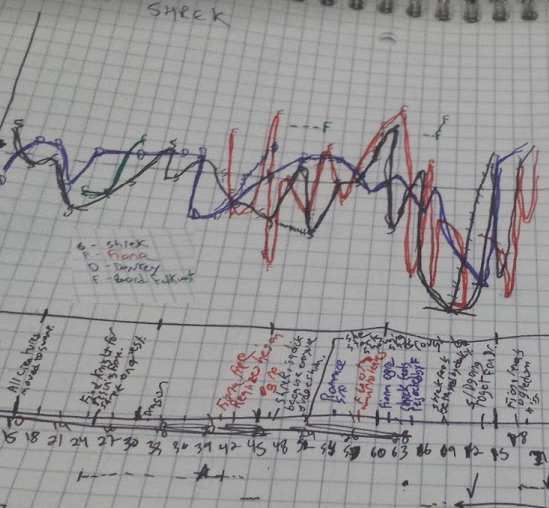experience
There is a simple, efficient, and robust solution to your data/technology challenge.
Let's find it together.
My vision is to help create a world where everyone can use technology and human-centered design to accomplish their mission more efficiently. I accomplish this by developing corporate strategy, eliminating roadblocks, and empowering staff to be successful and independent.























































